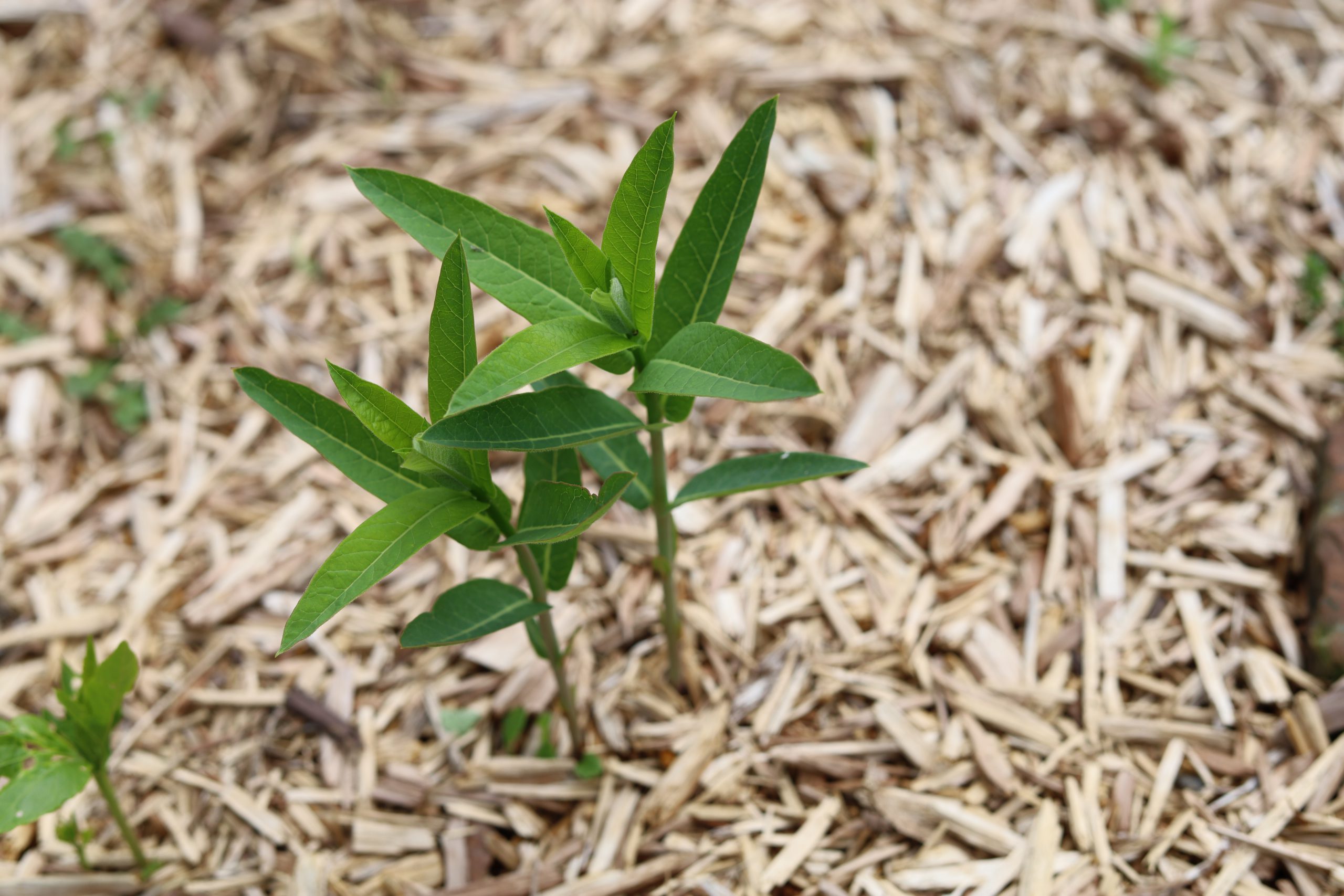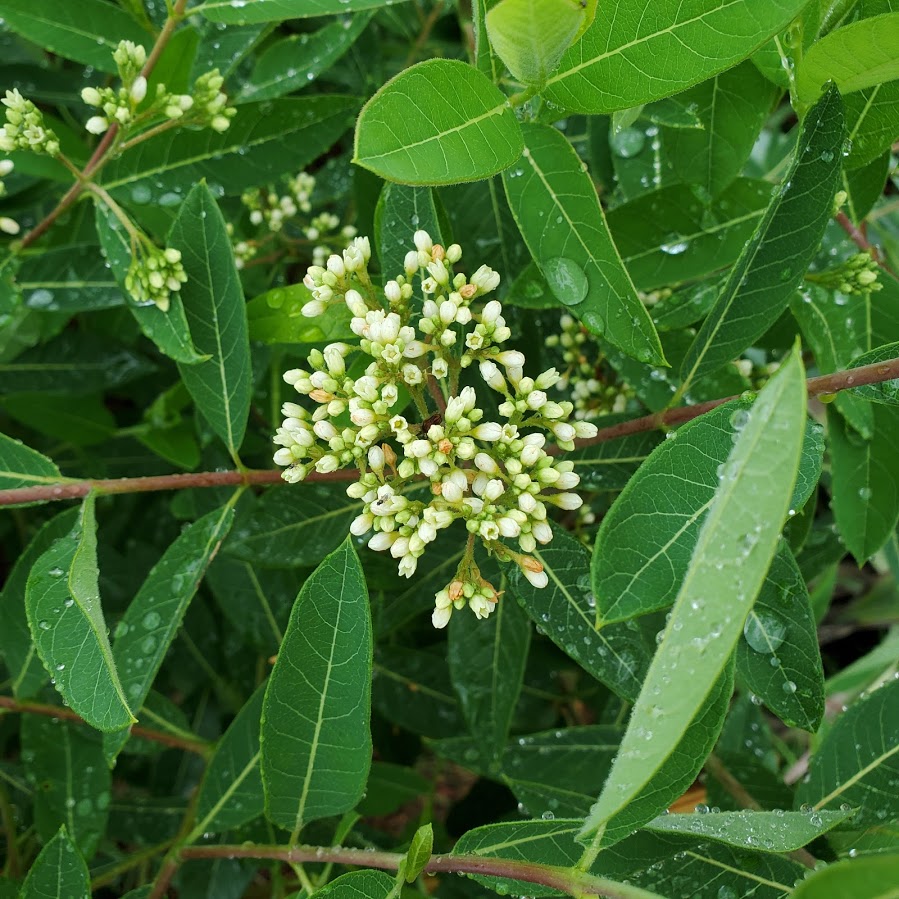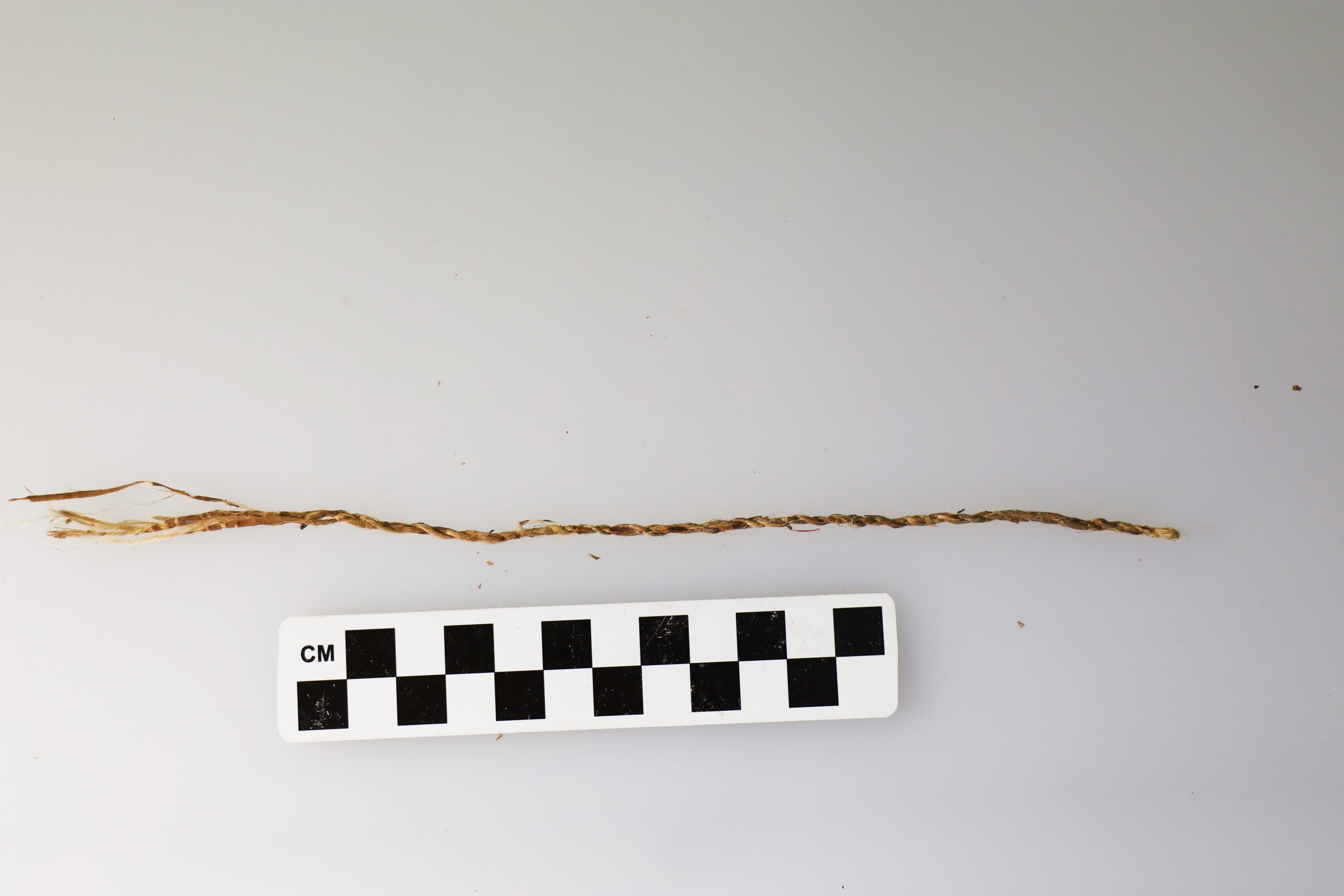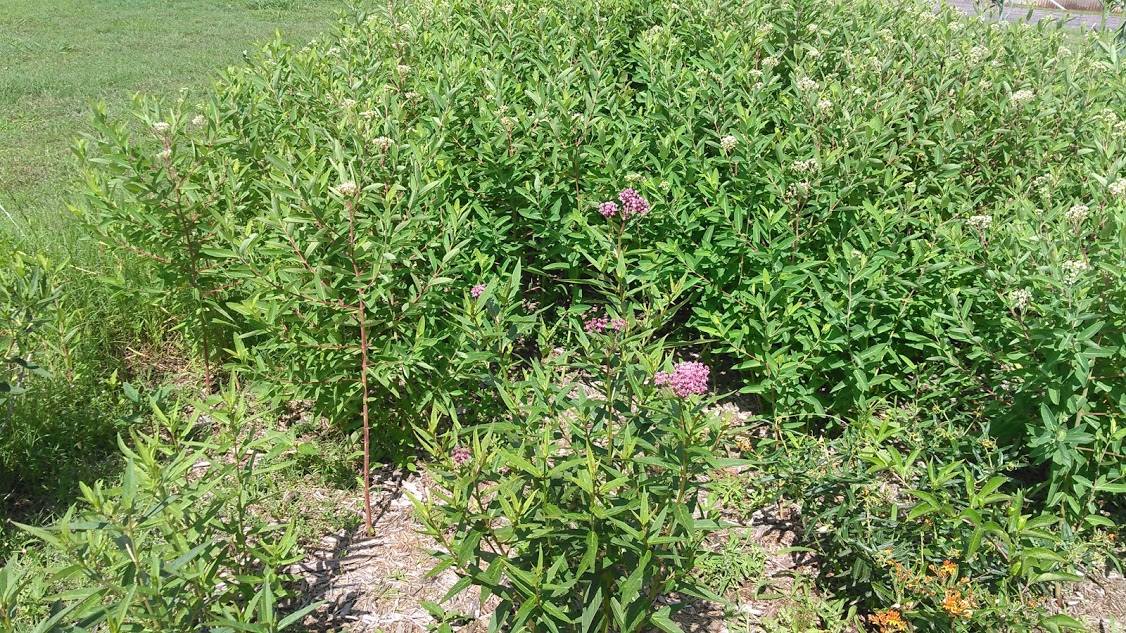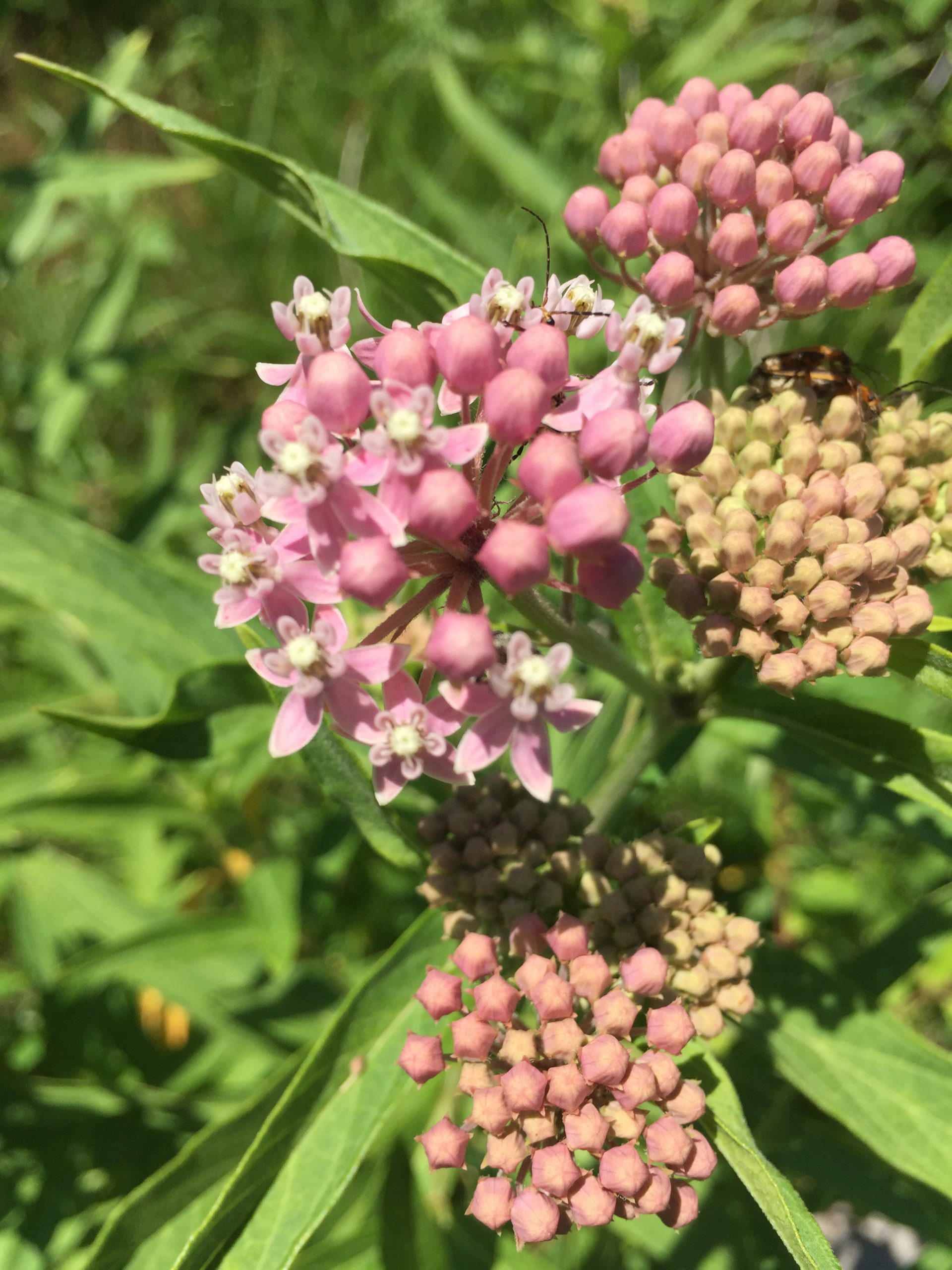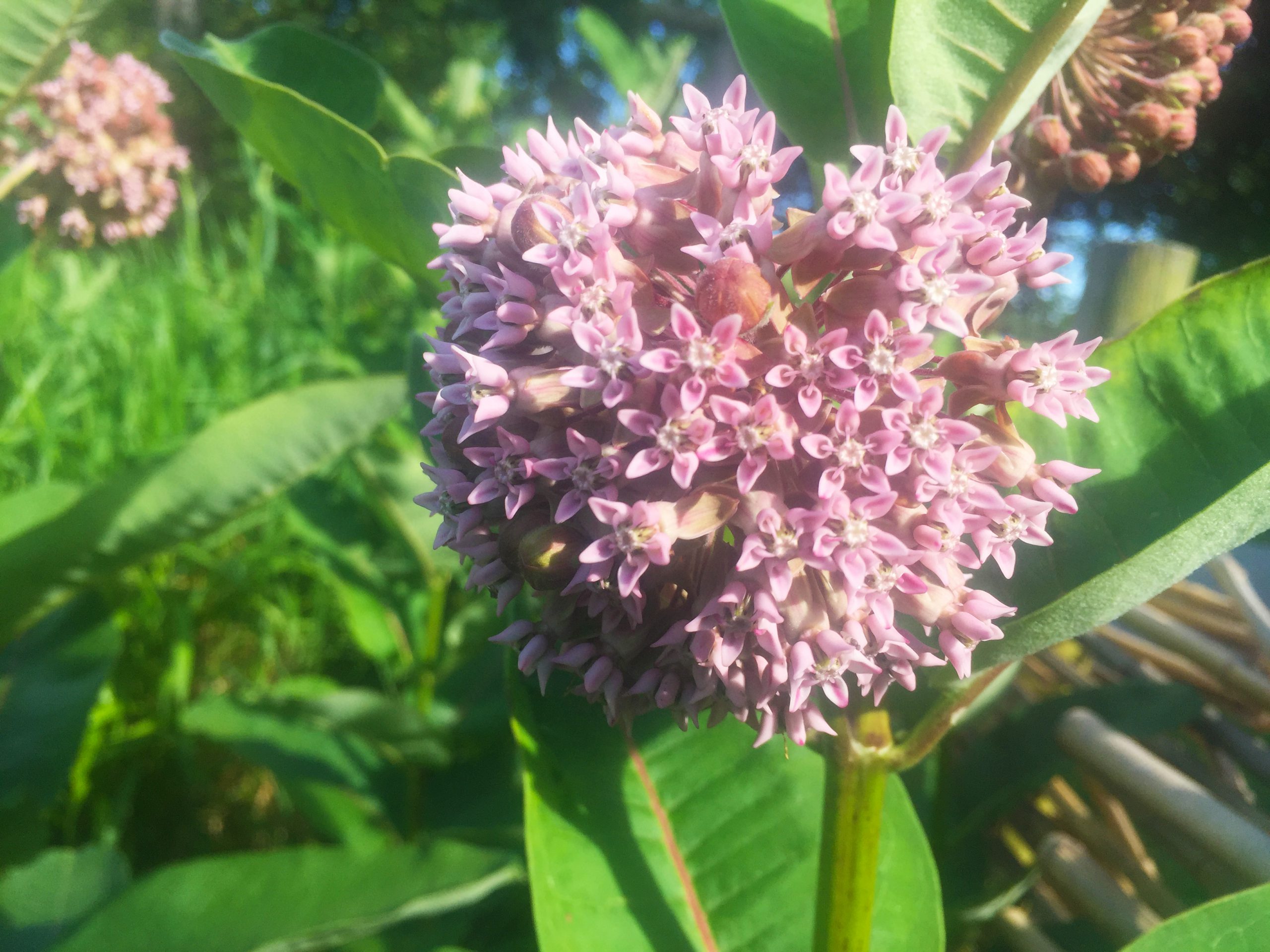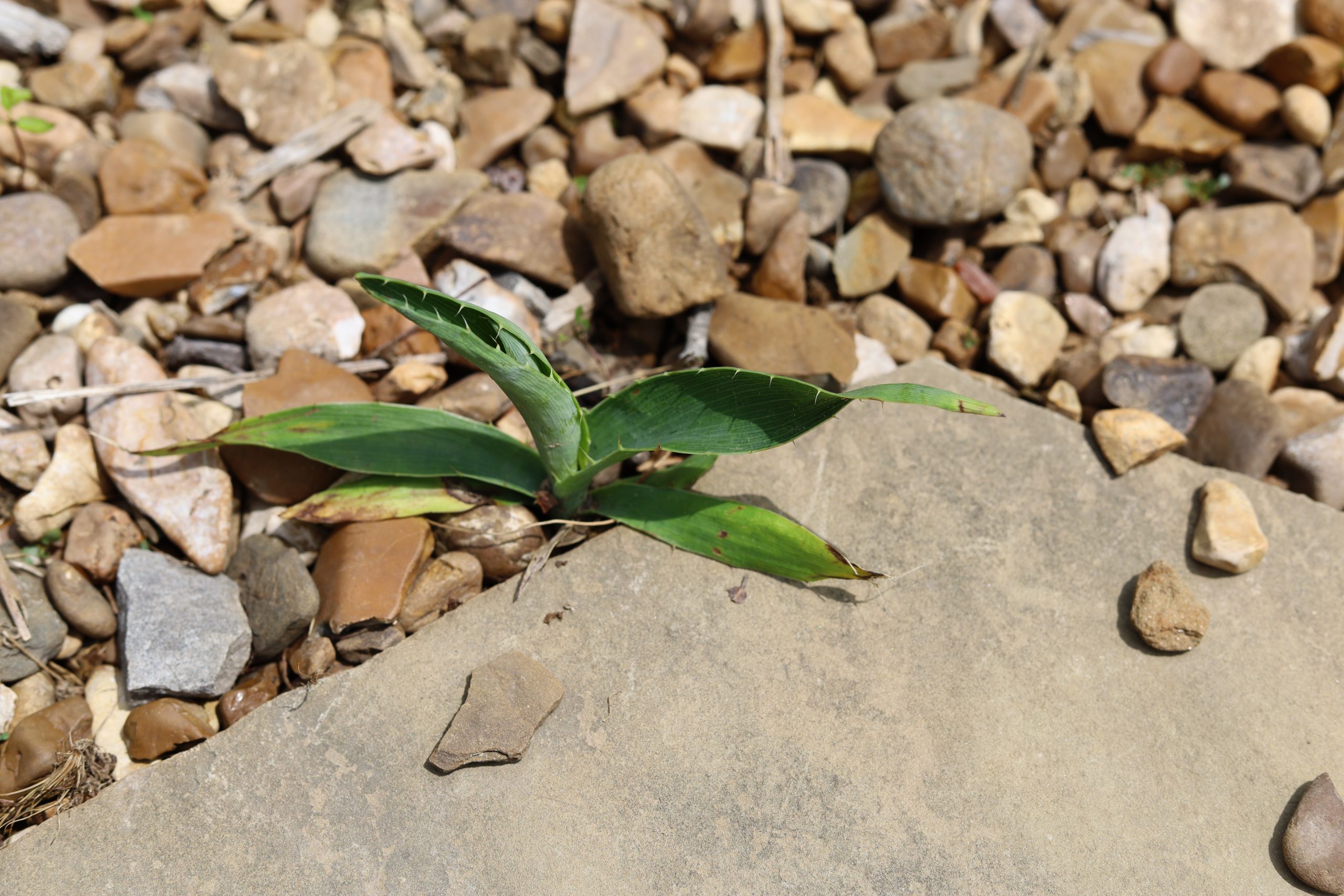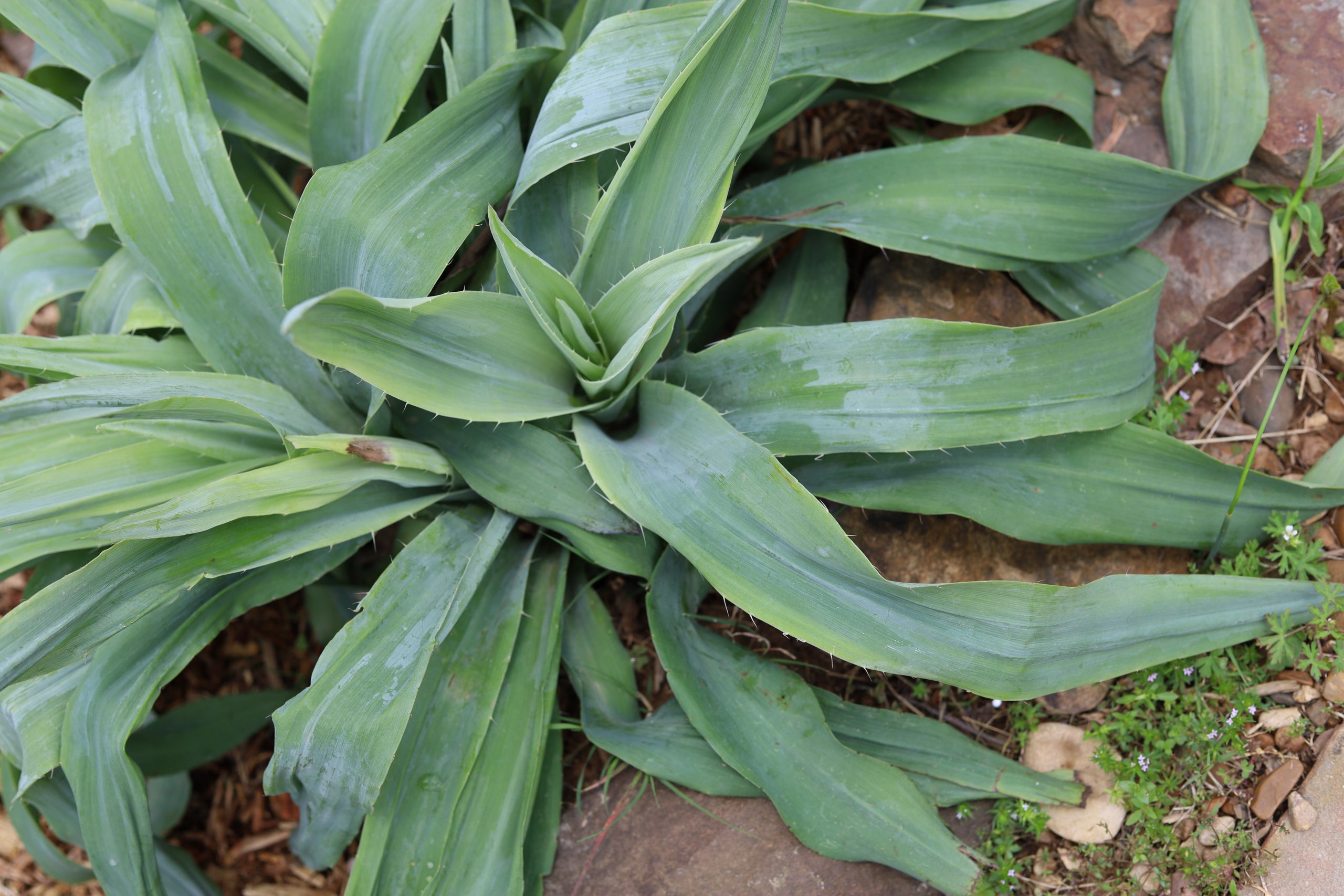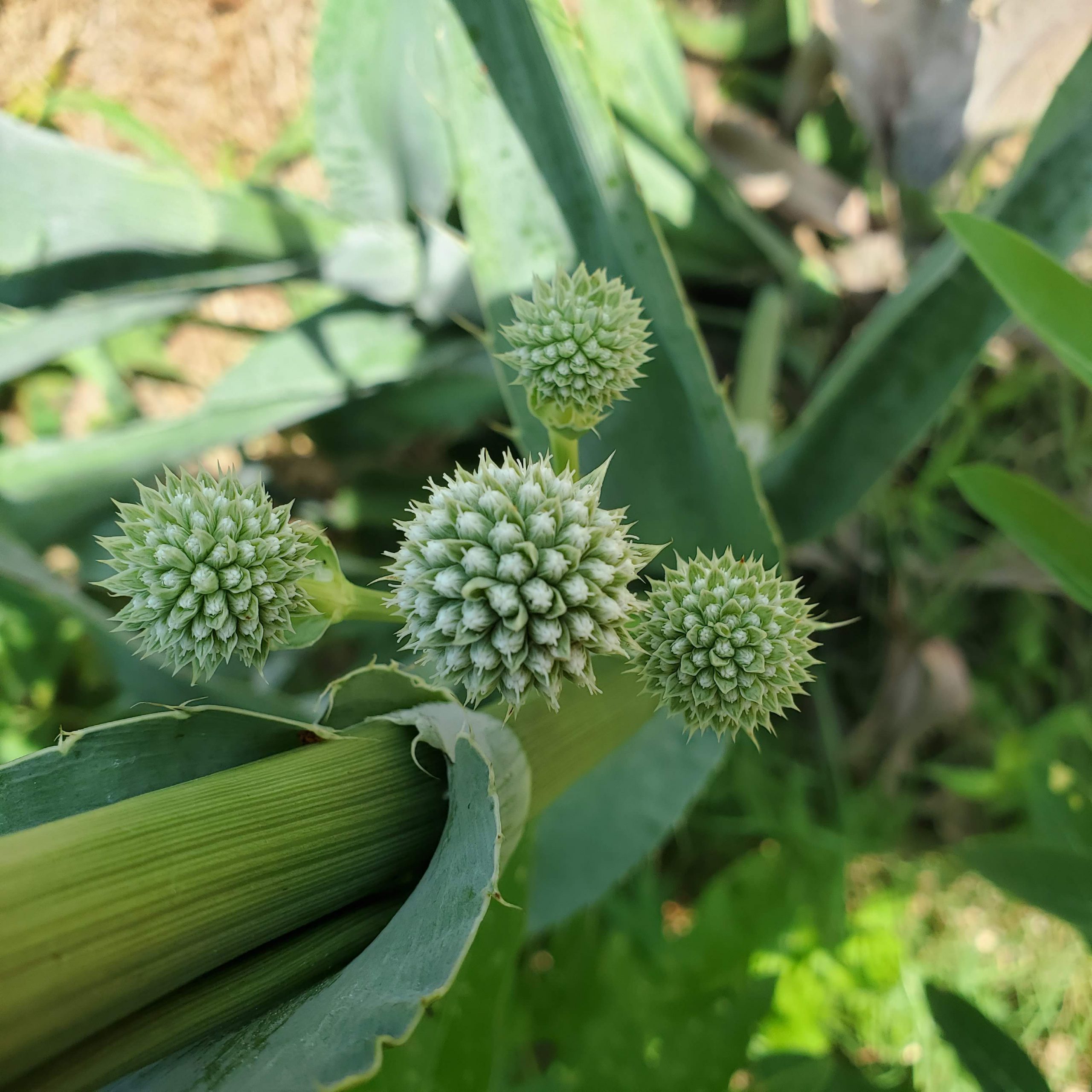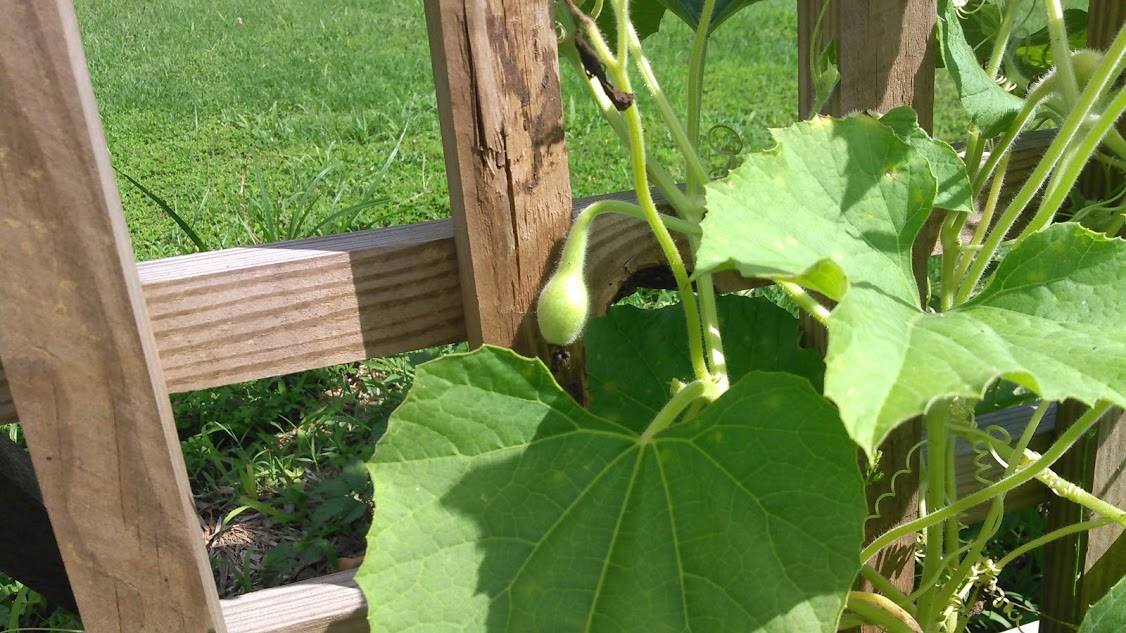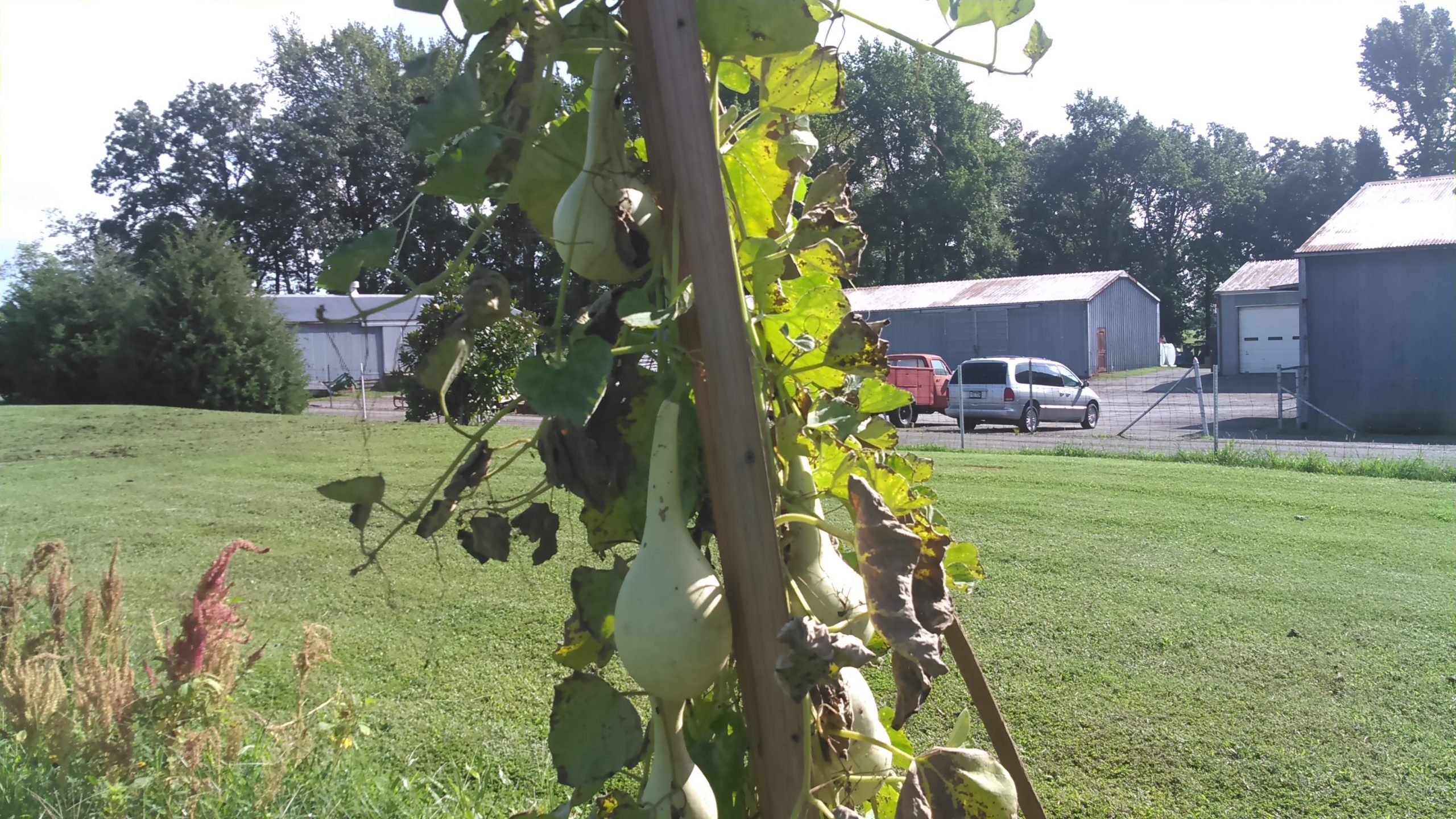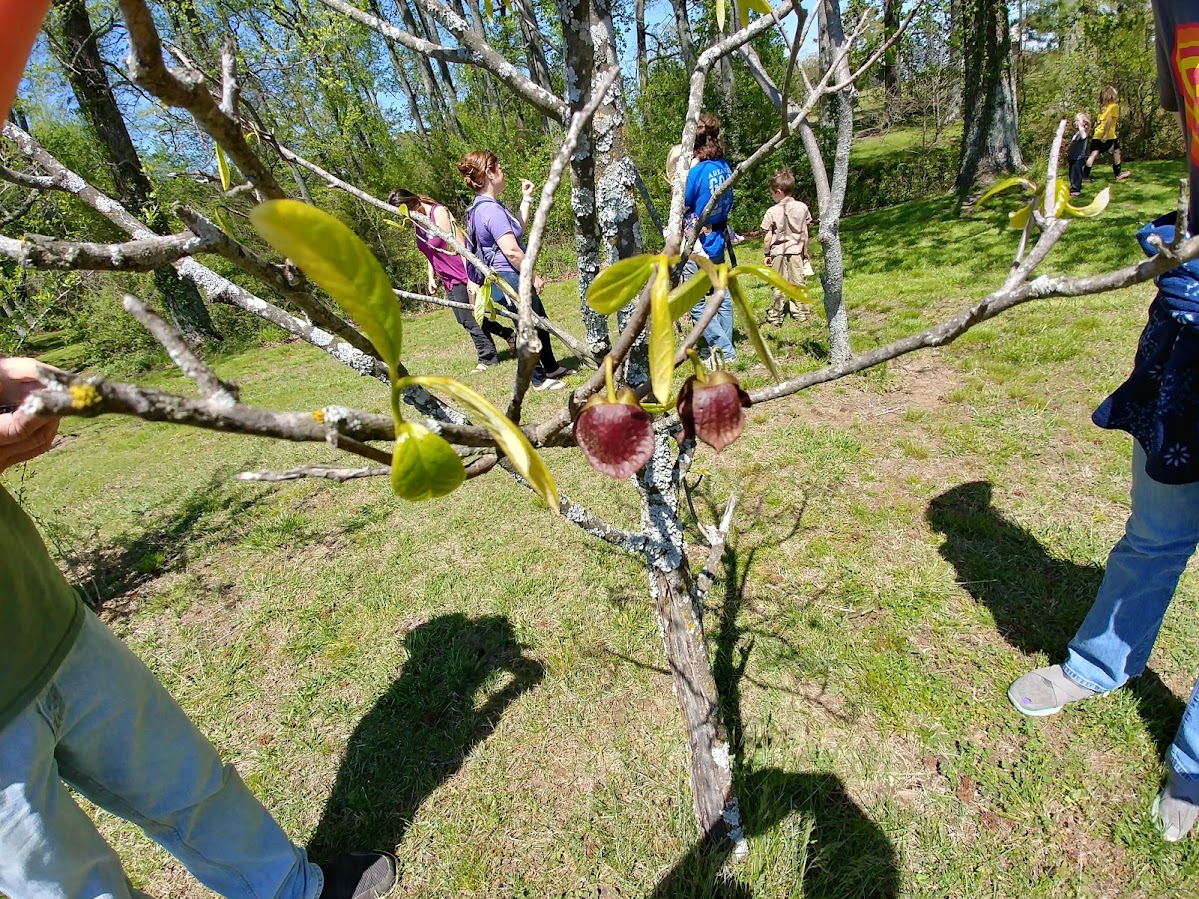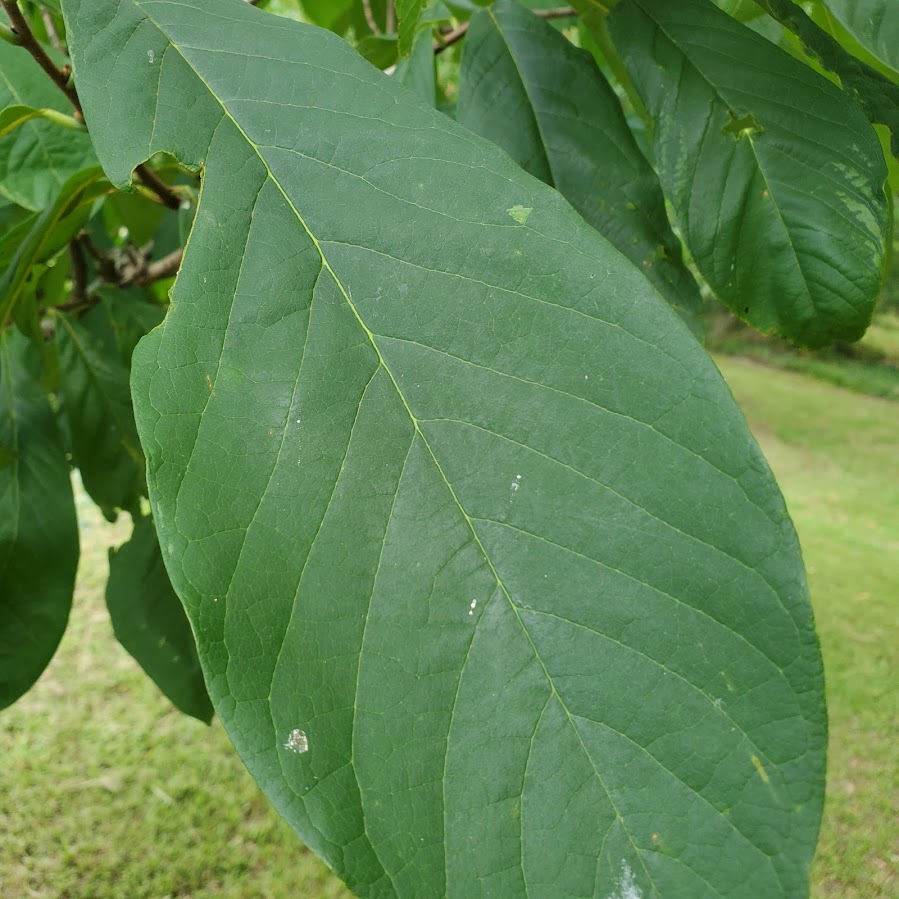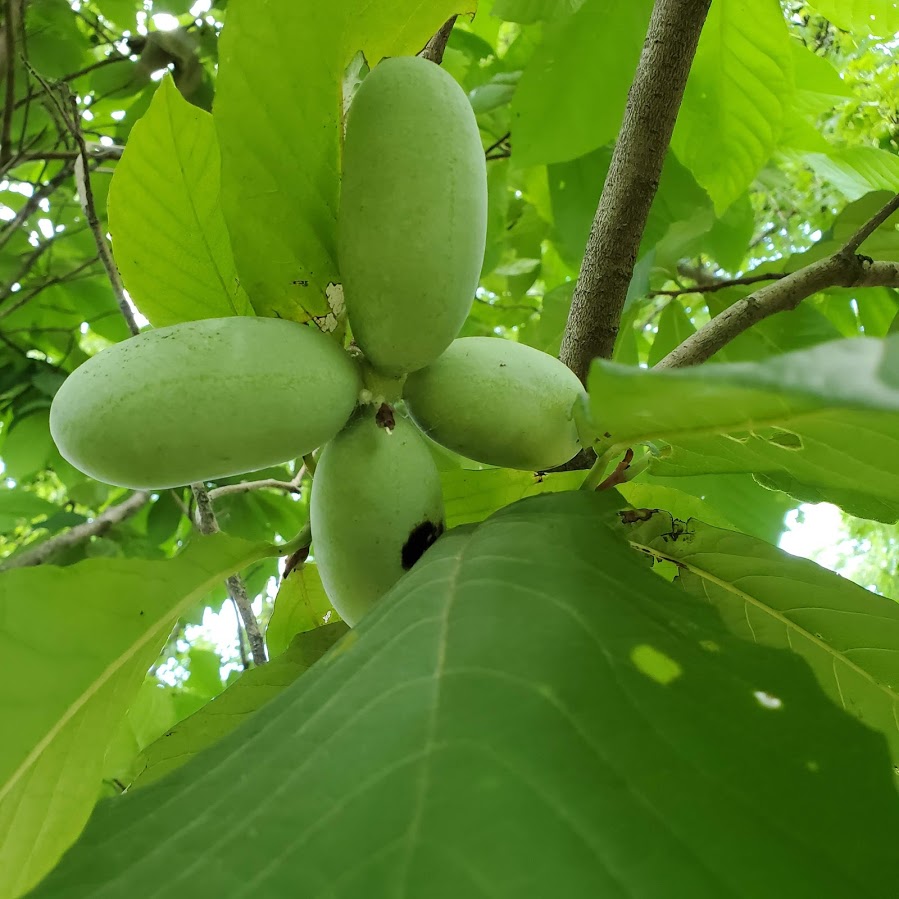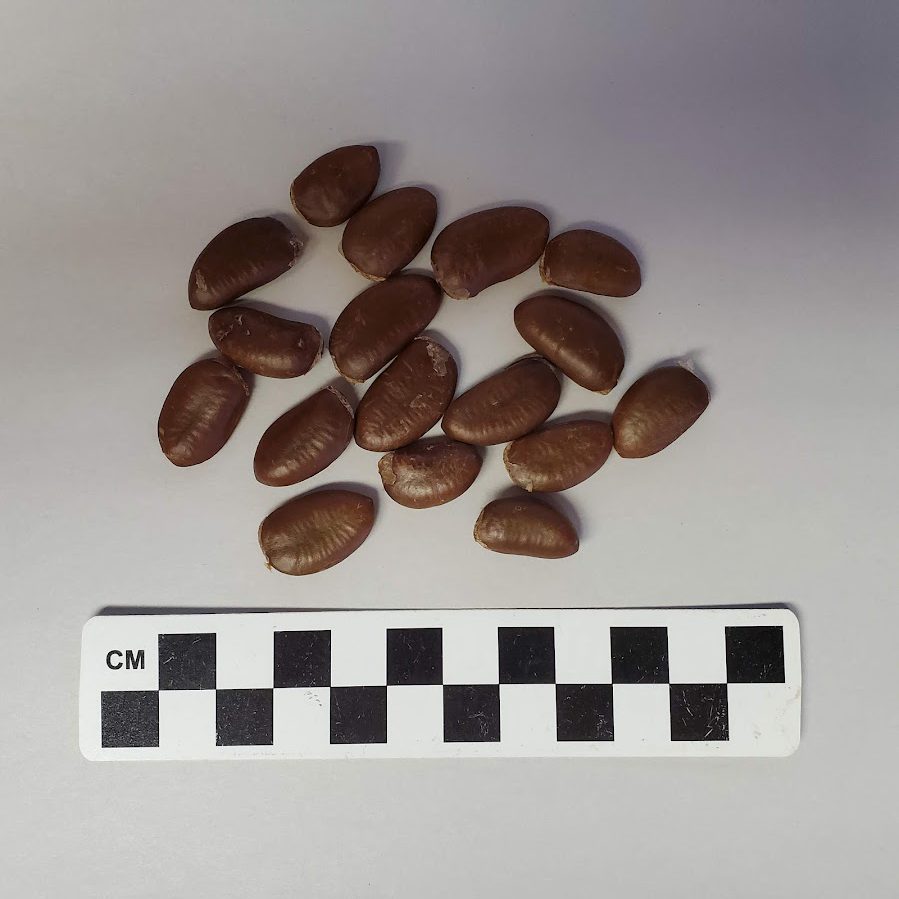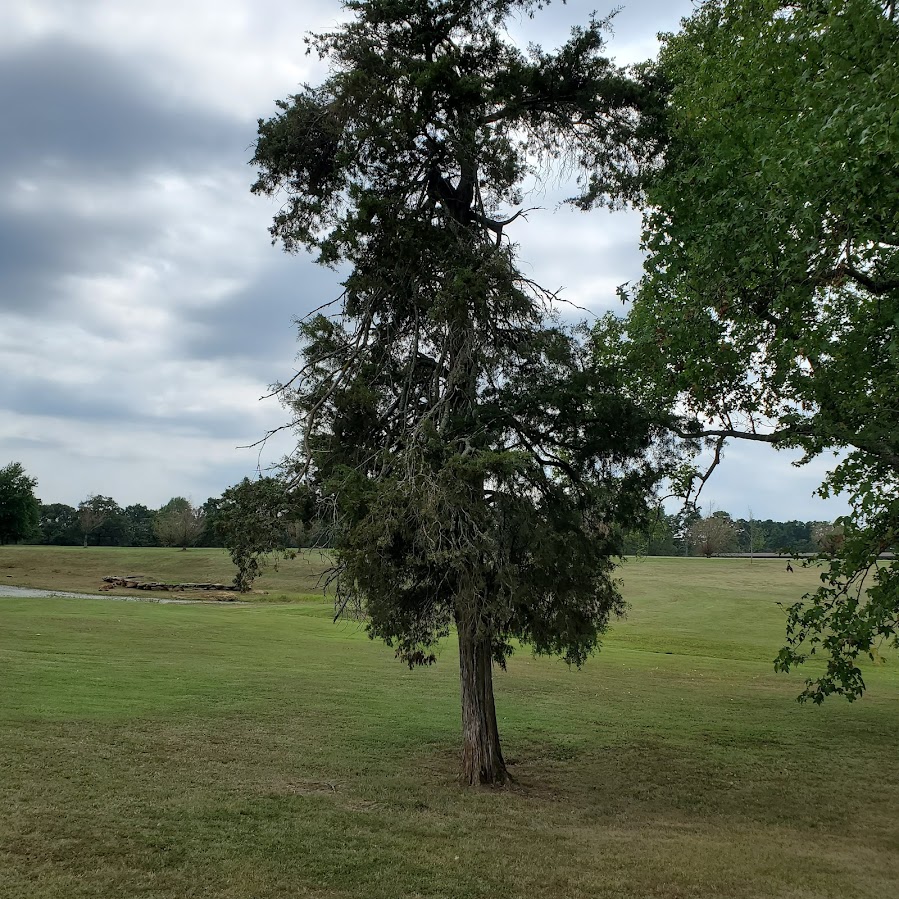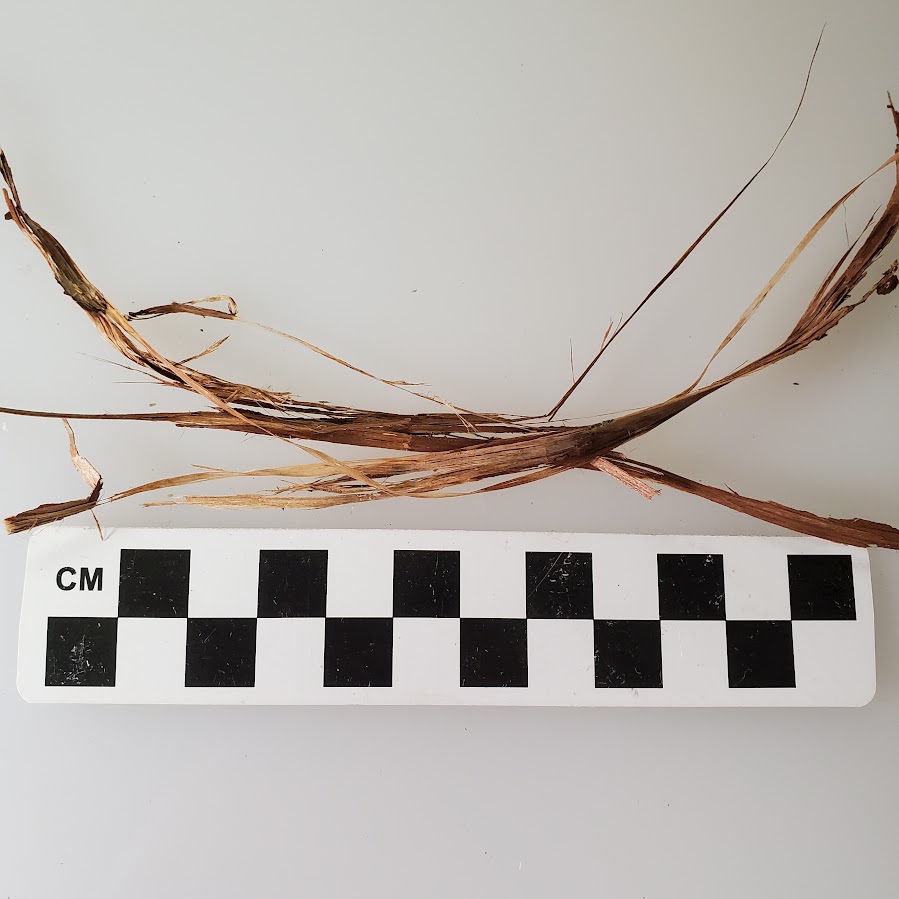

Beyond Food: Technological Use of Plants
Plants are not just an important source of food- but also an essential raw material for making cloth, baskets, tools and houses. The plants that Indigenous people used to make their cloth and baskets include rattlesnake master, milkweed, dogbane, pawpaw, willow and cane. These were not just rough, coarsely made pieces of fabric but finely woven items with a variety of weaves and dyed in a variety of colors and designs. Indigenous people used wood and bottle gourds to make a variety of containers for storage and serving food. People used wood to make other tools such as handles for axes and knives, mortar and pestles, digging tools, and utensils. Wood and cane were the main raw materials that Indigenous people used in building houses and other buildings.
Dogbane
(Apocynum cannabinum)
Milkweed
(Asclepias sp.)
Rattlesnake Master
(Eryngium yuccifolium)
Bottle Gourd
(Lagenaria siceraia)
Pawpaw
(Asimina triloba)
Red cedar
(Juniperus virginiana)
References
Horton, Elizabeth T.
2010 The Ties that Bind: Fabric Traditions and Fiber Use in the Ozark Plateau. Ph.D. dissertation, Washington University, St. Louis.
Scholtz, Sandra Clemments
1975 Prehistoric Plies: A Structural and Comparative Analysis of Cordage Netting Basketry and Fabric from Ozark Bluff Shelters. Research Series No. 9. Arkansas Archeological Survey, Fayetteville.
